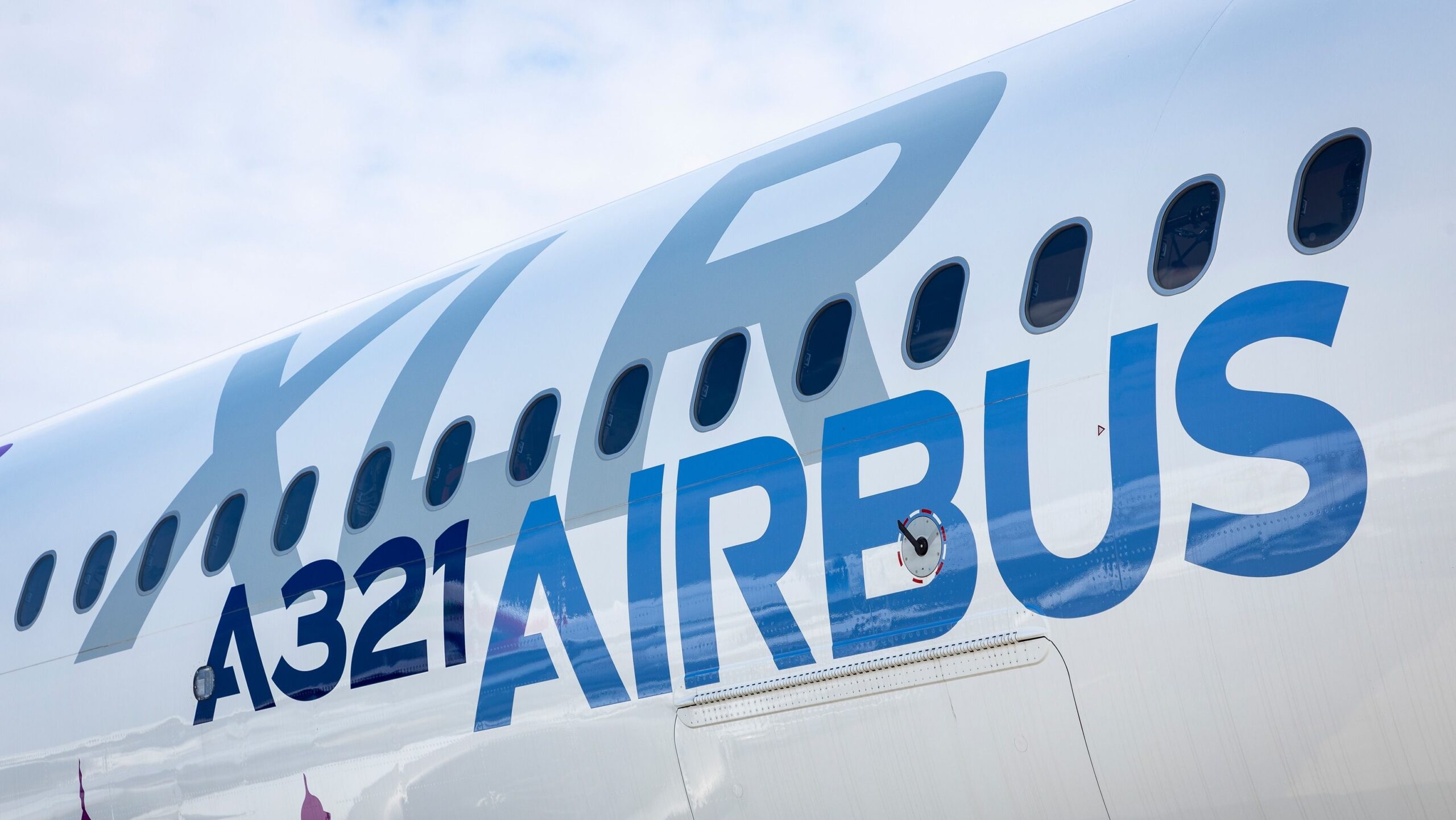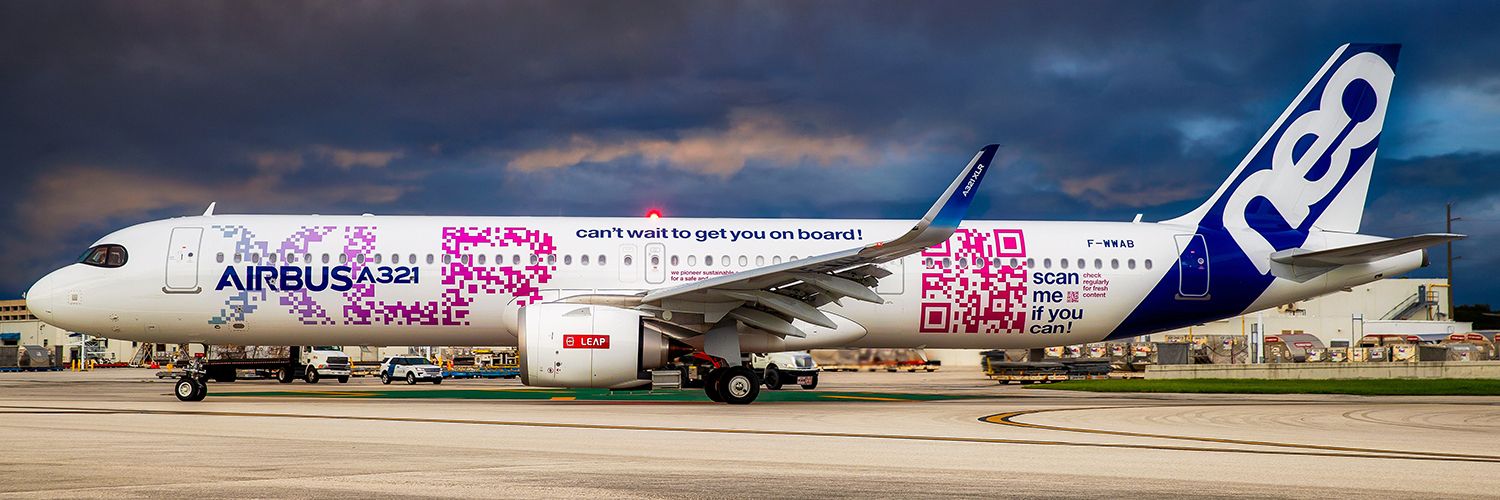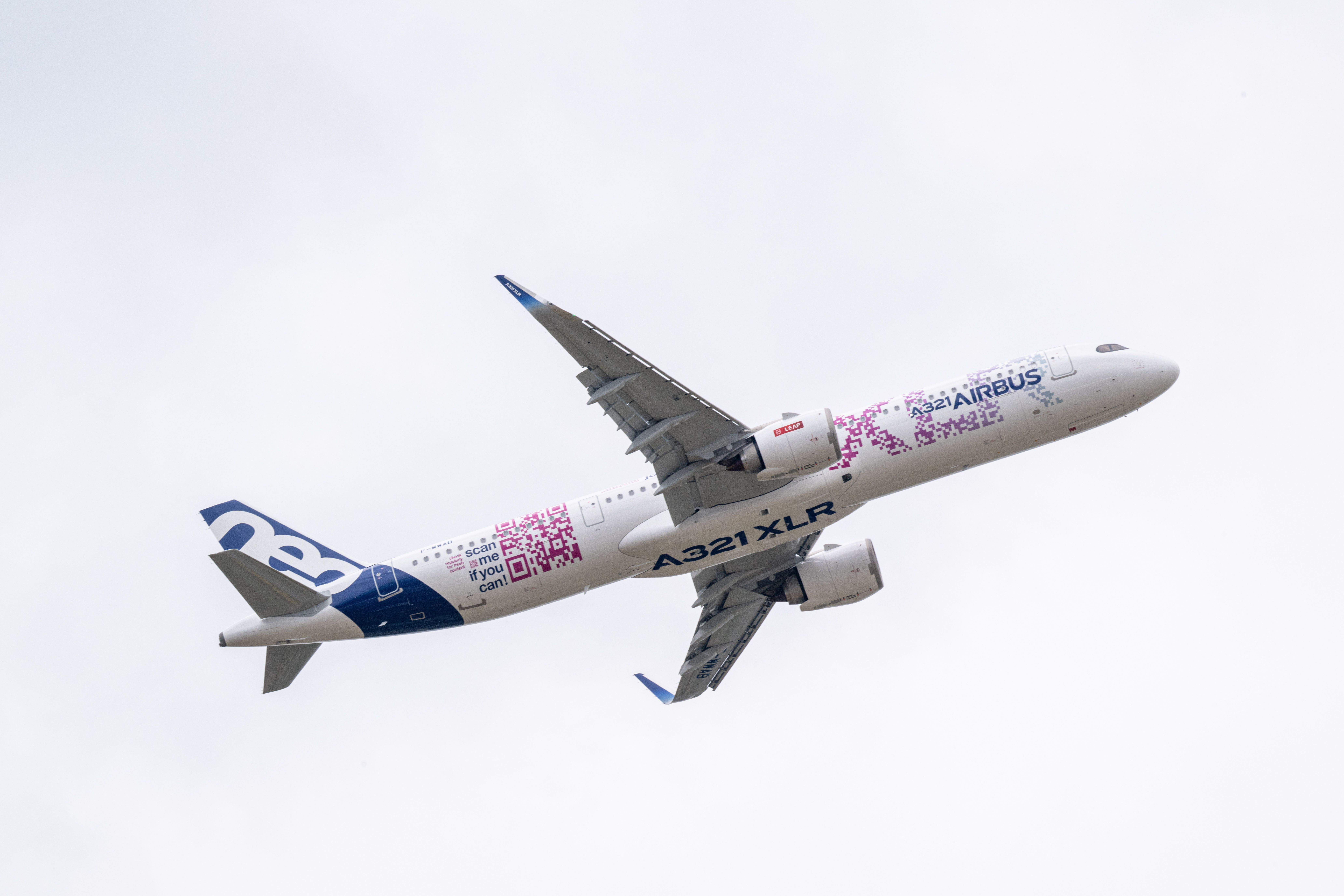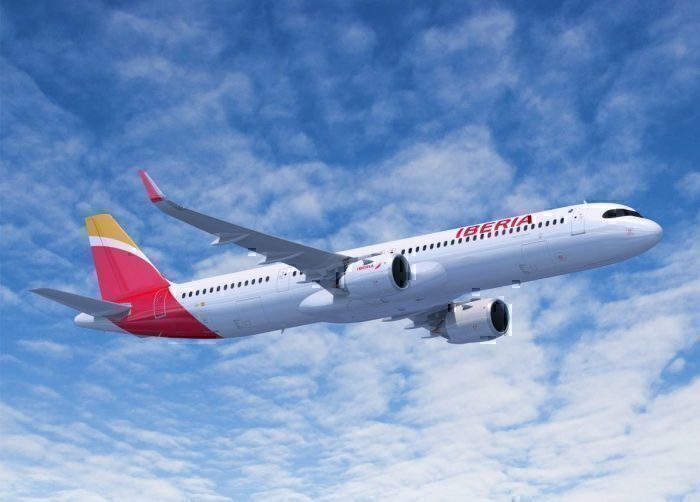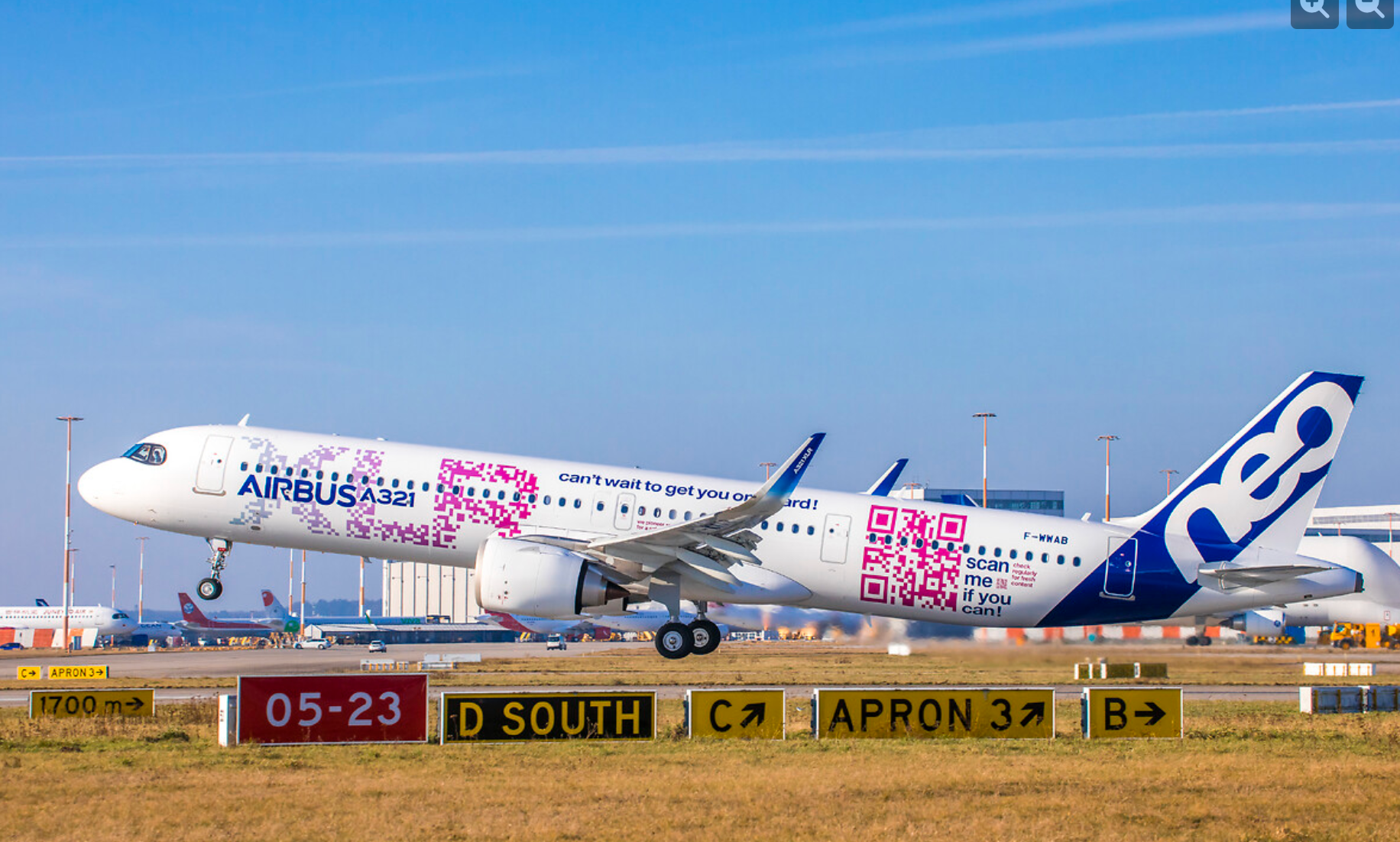Summary
- Airbus stated that the A321XLR was in the final stages of certification.
- Following a five-year certification campaign, the process should be completed imminently, with the manufacturer certifying CFM International LEAP-1A-powered A321XLRs.
- Certification of Pratt & Whitney PW1100G-powered A321XLR aircraft would follow in due time.
Airbus has detailed that the A321XLR was in its final stages of certification, with the manufacturer announcing the development just as the first day of Farnborough International Airshow approaches.
Five-year campaign
The European aircraft manufacturer recalled that the certification campaign kicked off in 2019, when Airbus’ program committee formally applied to the European Union Aviation Safety Agency (EASA), convening in a familiarization meeting.
While by 2020, the pandemic had kicked off, throwing a spanner in the works for the aviation industry, the certification campaign continued with the design phase, which was well underway at that time.
Then, Airbus released approved drawings for the assembly and manufacturing of major component assemblies (MCAs) and delivered them to the final assembly line (FAL) in Hamburg-Finkenwerder Airport (XFW).
Photo: Airbus
By the end of 2021, the final assembly phase (MG9) was underway for the first out of three A321XLR prototypes that would begin the flight test campaign. Flight tests of the type began on June 15, 2022, more than two years ago.
According to Airbus, the three test A321XLR aircraft had accumulated around 1,450 flight hours (FH) in over 510 flights, with additional ground tests resulting in more than 700 individual documents being handed over to EASA.
The company reiterated that first, the A321XLR will be certified with the CFM International LEAP-1A engine, followed by the certification of the Pratt & Whitney PW1100G-powered A321XLRs.
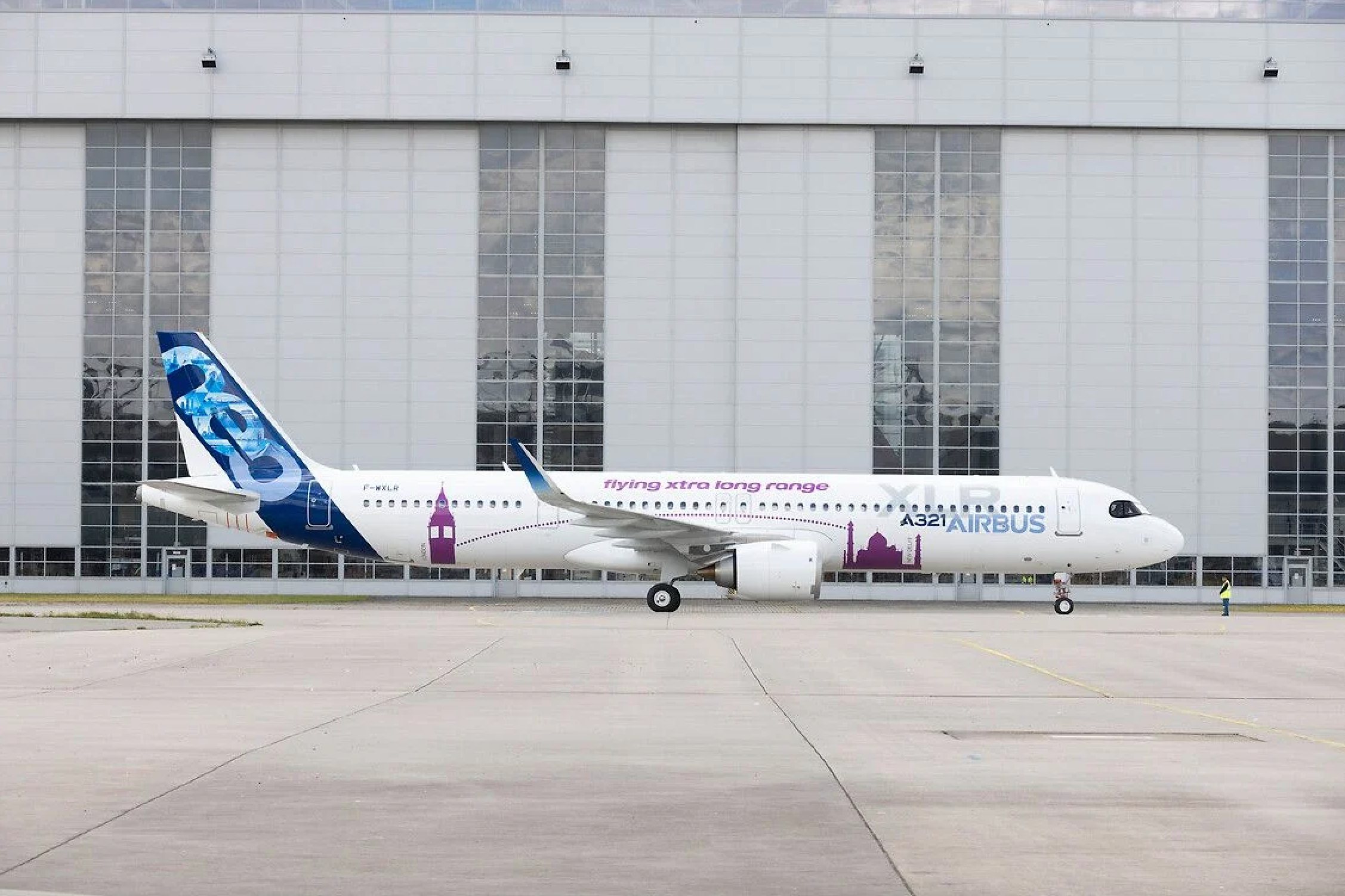
Related
Airbus Completes First A321XLR Test Flight
The test flight lasted slightly more than four hours.
A massive certification effort
Airbus also detailed that while, over the years, it has done many modifications to its aircraft, certifying the A321XLR was a different ordeal since a simple amendment in the type certificate (TC) data sheet (TCDS) would not suffice for the type.
After all, the A321XLR features a rear center tank (RCT), which, by sacrificing cargo space, enables the type to fly as much as 4,700 nautical miles (8,704 kilometers) in ideal weather conditions.
Photo: Airbus
The manufacturer highlighted that the main difference between the A321neo and its derivatives and the A321XLR was that the latter features a new fuel system, new fibre-metal laminate materials with fire retardant properties, and a new larger and reinforced belly-fairing.
“The latter – in combination [with] the RCT structural design – allows the aircraft to sustain emergency belly landing conditions. Moreover, being equipped with sliding pads, the extended fairing also acts as a cushion for the aircraft to slide until it comes safely to a standstill.”
The RCT was a matter of discussions between regulators, especially since the manufacturer designed the tank to be part of the fuselage, which was unprecedented as other fuel tanks are separated from the fuselage.
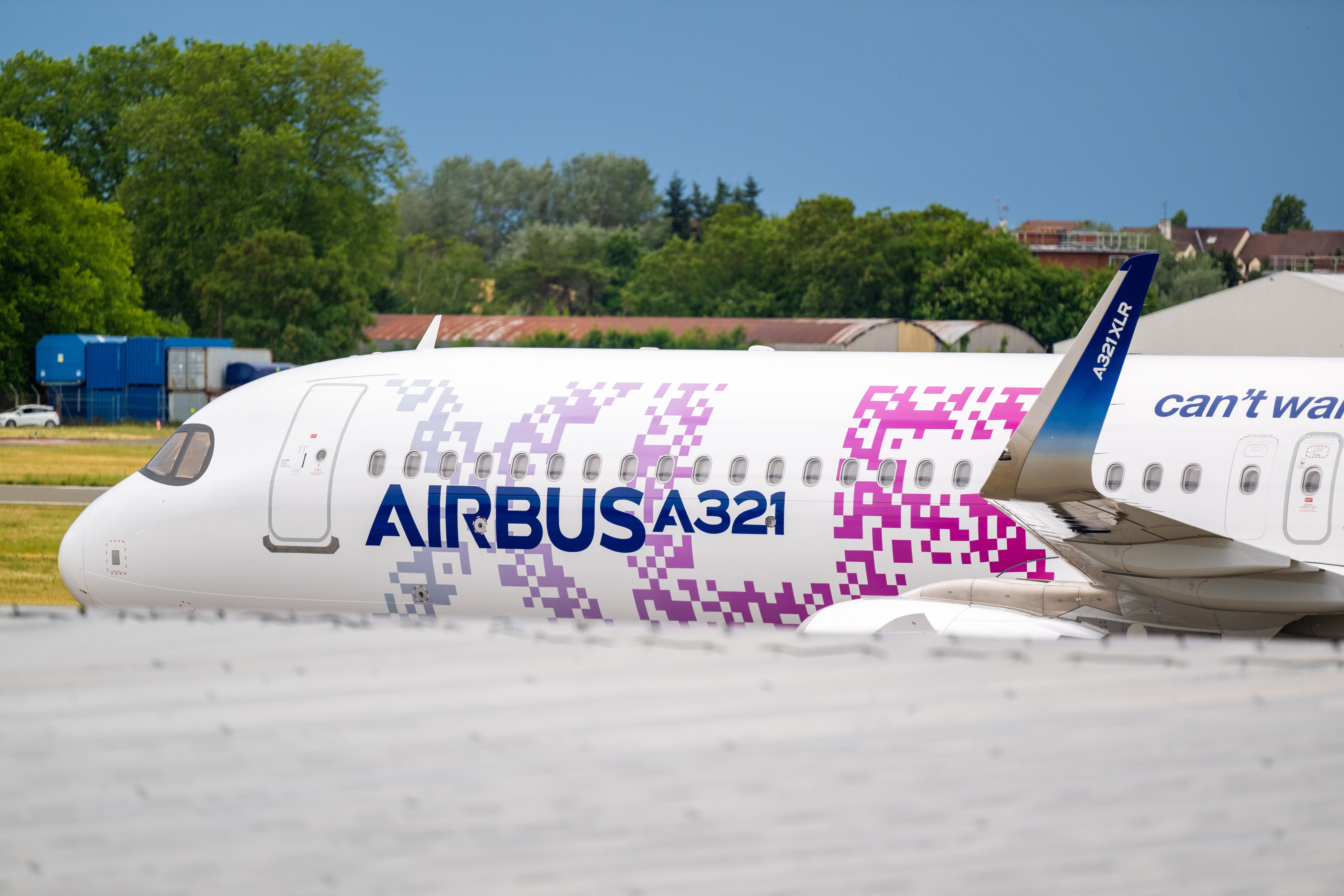
Related
FAA Proposes Safety Requirements for Airbus A321XLR Amid External Fuel Fire Concerns
The FAA is addressing concerns that passengers and crew members would not be able to safely evacuate an Airbus A321XLR.
Final stages of certification
Nevertheless, Airbus detailed that in 2024, its engineers were very busy implementing and finalizing all the concerns laid out by EASA and the Federal Aviation Administration (FAA). The manufacturer noted that it worked extensively with regulators to ensure the safety of the RCT design and its surrounding structures.
The company also stated that its flight test teams had completed the certification of the CFM-powered A321XLR variant, which was scheduled to enter into service with Iberia later in 2024.
Previously, the airline’s schedules indicated that the A231XLR would fly between Madrid Adolfo Suárez Madrid–Barajas Airport (MAD) and Boston Logan International Airport (BOS) in November, with flights already being available for booking.
Photo: Airbus
Airbus said that the most recent milestones that manufacturer serial number (MSN) 11000 and MSN 11058 had achieved were for the former to complete the CAT III autoland system tests in various wind conditions.
Furthermore, the aircraft completed the remaining flight tests. With MSN 11058 completing its duties while being fitted with the CFM International LEAP-1A, it was time for the airframe to proceed with the certification with the Pratt & Whitney PW1100G engines.
Meanwhile, the third A321XLR flight test aircraft was MSN 11080, which was fitted with a full cabin to fly route-proving missions with passengers, where launch airlines also participated.
The aircraft was also involved in cold weather ground testing of the cabin for four days in Iqaluit, Nunavut, Canada.
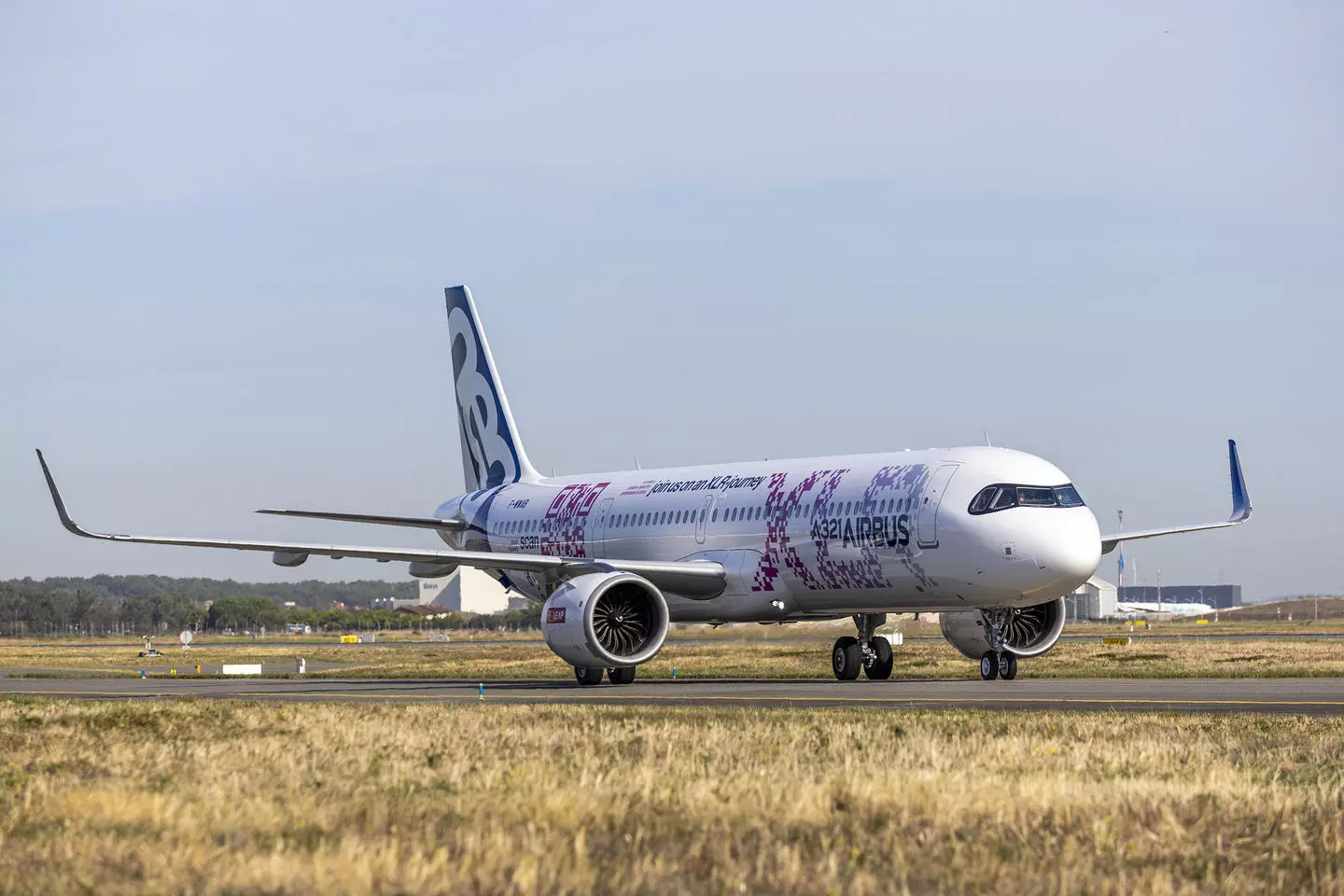
Related
Airbus A321XLR Test Pilots Say It Is A ‘Pleasant Aircraft To Fly’
The aircraft has been undergoing flight testing since September.
Imminent certification
Airbus concluded that now, with the program teams having completed the ‘readiness for service entry’ stage of the certification campaign, the TC of the CFM-powered A321XLR was “imminent.”
However, the manufacturer only added that certification of the PW1100G-powered would follow in due time.
Photo: Airbus
According to ch-aviation data, 24 airlines have ordered 496 A321XLR aircraft, which include carriers from various points of the globe, including Africa, Asia, Europe, the Middle East, North America, and Latin America. There are also some unassigned aircraft, the site’s records showed.

Related
Airbus Seeks FAA Exemption To Allow A321XLR Business Class Suite Doors
Airbus stated that the proposed mini-suites would not be detrimental to an evacuation and would benefit the flying public.
